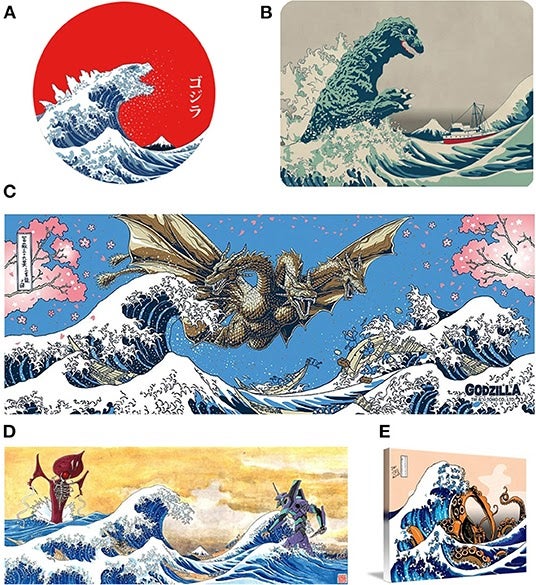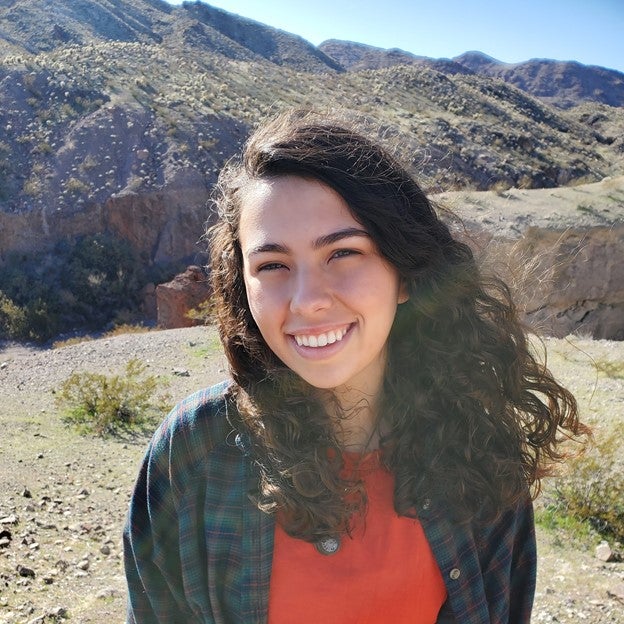Jones, M., Beveridge, A., Garrison, J. R., Greene, A., & MacDonald, H. (2022). Tracking Memes in the Wild: Visual Rhetoric and Image Circulation in Environmental Communication. Frontiers in Communication. https://doi.org/10.3389/fcomm.2022.883278
Article summary by Gabrielle Pezich, DWELL Research and Communications Fellow
Digital media are radically changing the ways we communicate. As a Research and Communications Assistant at the Digital Writing Environments Location and Localization (or DWELL) Lab at the University of Rhode Island, I work with a team of students and faculty who are investigating how to use emerging media for science and environmental communication. In this post, I summarize a recent article, “Tracking Memes in the Wild: Visual Rhetoric and Image Circulation in Environmental Communication” by Madison Jones, Aaron Beveridge, Julian Garrison, Abbey Greene, and Hannah MacDonald which is based on a DWELL Lab research project, and I suggest ways that this research is relevant for scholars in environmental communication.
In an era increasingly defined by internet communication and environmental degradation, memes are powerful tools for indexing, or “pointing and naming,” different topoi through the circulation and transformation of tropes, which may indirectly spread environmental perspectives across a diverse audience (Milstein, 2011). In order to better understand how memes influence environmental discourse, DWELL researchers recently completed a study applying a modified version of Laurie Gries’ iconographic tracking method to environmental memes (Gries, 2013). This article presents three case studies: Dr. Seuss’ The Lorax, Katsuhika Hokusai’s Great Wave off Kanagawa, and the image of a manatee with the letters T-R-U-M-P written on its back. These case studies demonstrate how the digital distribution of environmental memes and iconic images provides essential techniques for engaging digital publics that public communication practitioners can use.
Visual media have always played an important role in the emergence and development of the American environmental movement. Through iconographic tracking, this essay assessed a variety of alterations and transformations of the images as they circulated, and then saved and categorized those images for analysis. This allowed the team to reference the dynamic unfolding and contributions the images have made as they participate in public environmental discourse. Among each of the selected case studies, the researchers identified a trend toward more extreme and negative variations of the iconographic images having more staying power over time. The case studies show the significance of environmental memes as important topoi for online environmental discourse.
While the sharing of memes online has often been dismissed as an ambivalent or performative gesture, this project makes clear the importance of image circulation in digital environmental communication. Ultimately, the team argues for a more nuanced perspective on the dissemination of digital images as a performative and participatory practice.

References
Gries, L. E. (2013). Iconographic tracking: a digital research method for visual rhetoric and circulation studies. Comput. Composit. 30, 332–348. doi: 10.1016/j.compcom.2013.10.006
Milstein, T. (2011). Nature identification: the power of pointing and naming. Environ. Commun. 5, 3–24. doi: 10.1080/17524032.2010.535836
This piece was reprinted from The Environmental Communication Division of the National Communication Association with permission. All rights reserved.
Gabrielle Pezich is a Research and Communications Assistant at the University of Rhode Island’s Digital Writing Environments, Location, and Localization (DWELL) Lab. She received her Masters of Environmental Science and Management (MESM) from the University of Rhode Island, specializing in conservation biology and with a certificate in Science Writing and Rhetoric. She is interested in studying the frontlines of climate change, our coasts, to help vulnerable coastal communities be more resilient to increasing storms and rising sea levels. She is passionate about identifying viable solutions to mitigate anthropogenic impacts on the environment and working with diverse publics to contribute to a more sustainable, equitable planet earth.


